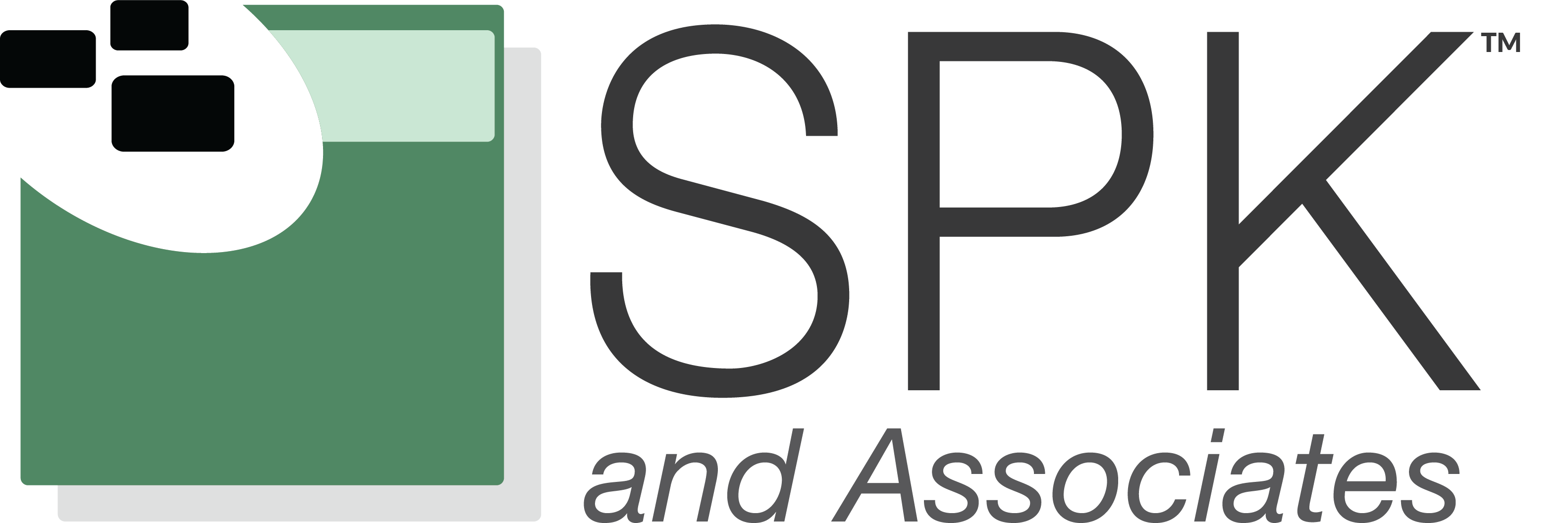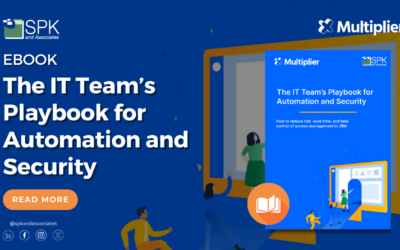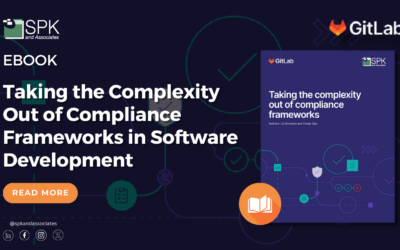Modern healthcare relies on connected medical devices, from infusion pumps and ventilators to wearable cardiac monitors. These devices deliver lifesaving functions, but can also introduce risk if they fail or become compromised. That is why continuous monitoring is a necessity. It ensures patient safety, maintains device functionality, and helps meet evolving regulatory expectations. This blog explores the importance of 24/7 monitoring and how it improves both care and security.
The Importance of Continuous Medical Device Monitoring
Continuous monitoring ensures medical devices are performing safely and reliably at all times. In clinical environments, device downtime or inaccurate readings can have immediate consequences for patient outcomes. Around-the-clock oversight enables:
- Proactive risk management: Detecting anomalies before they escalate into failures.
- Enhanced patient safety: Ensuring critical devices deliver uninterrupted care.
- Regulatory compliance: Maintaining audit-ready logs for HIPAA, FDA, and other standards.
- Operational continuity: Supporting clinical workflows without disruption.
In short, continuous monitoring acts as a safety net, ensuring that technology enhances care rather than creating new risks.
Challenges of 24/7 Medical Device Monitoring
Implementing effective monitoring does not come without hurdles. Healthcare providers face a range of technical, clinical, and regulatory challenges, including cybersecurity, staffing issues, and device limitations. For example, protecting sensitive patient data against breaches while complying with HIPAA can be especially challenging. It can also be difficult to ensure devices communicate seamlessly with Electronic Health Records (EHRs) and hospital IT systems. In addition to this, ensuring data accuracy by maintaining calibration, preventing user error, and securing consistent data transmission is not easy. Device limitations such as power consumption, portability, and overall reliability may also cause issues to arise.
Furthermore, user adoption is not always smooth sailing. Provider fatigue from additional alerts is a common problem. This can be resolved with proper training and integrated workflows. Staffing issues are also common, such as shortages of skilled personnel to manage and act on monitoring insights. Lastly, meeting complex FDA requirements while navigating high system costs is difficult to balance. Without careful planning, these barriers can overwhelm healthcare teams and undermine the potential benefits of monitoring.
How 24/7 Monitoring Addresses These Challenges
Around-the-clock monitoring directly responds to these concerns:
- Faster Threat Detection: Real-time monitoring reduces detection times from days to minutes, enabling rapid action against cyber threats or device malfunctions.
- Improved Asset Visibility: Automatic discovery of connected devices eliminates shadow assets and ensures complete oversight.
- Better Risk Management: Continuous monitoring prioritizes vulnerabilities based on patient impact and compliance needs.
- Compliance Support: Detailed logs and ongoing oversight simplify audits and regulatory reviews.
By addressing both security and performance concerns, 24/7 monitoring creates a safer, smarter environment for both patients and providers. These kinds of managed services are not often what IT MSPs are looking to provide, but because of the unique challenges in the medical device industry, our team is prepared to support.
Real-Time Data Analysis and Examples
The real power of 24/7 monitoring lies in real-time data analytics. Modern systems don’t just collect data, they analyze it continuously to uncover trends, predict failures, and support clinical decision-making. For example, real-time Health Level Seven (HL7) device data can be processed into cloud platforms like AWS. This enables immediate downstream insights for patient safety improvements.
24/7 monitoring also helps with predictive health monitoring. Machine learning models analyze vital signs like blood pressure, heart rate, and oxygen saturation, detecting anomalies or predicting deterioration before critical events occur. Studies have also shown that algorithms running on real-time ECG data can detect arrhythmias with accuracy exceeding 95%, providing clinicians with instant alerts. Furthermore, hospitals using real-time monitoring systems report reduced alert fatigue, faster mean time to detect (MTTD), and improved response times (MTTR). These examples demonstrate how analytics transform raw data into actionable intelligence, helping clinicians focus on care rather than troubleshooting devices.
The Importance of Continuous Medical Device Monitoring
As medical devices become more connected and central to patient care, 24/7 monitoring is required. Continuous oversight ensures that devices remain secure, reliable, and compliant, while real-time data analysis delivers actionable insights that improve patient outcomes. Healthcare organizations that embrace continuous monitoring position themselves for safer, smarter, and more efficient care delivery. In a landscape where every second counts, round-the-clock monitoring ensures patients receive the uninterrupted care they deserve. If you are interested in discovering more about medical device monitoring, contact our experts today.









